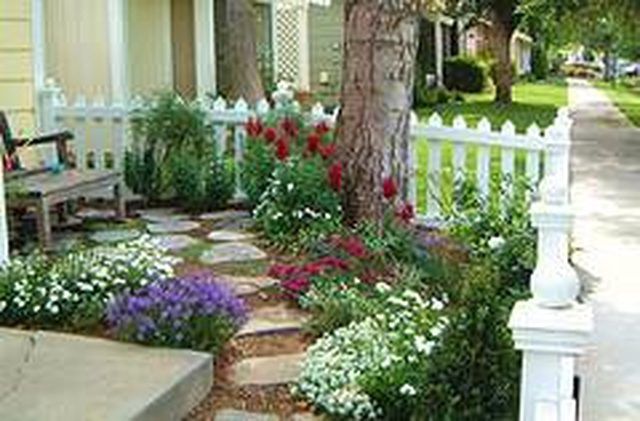Bulbs
Flower Basics
Flower Beds & Specialty Gardens
Flower Garden
Garden Furniture
Garden Gnomes
Garden Seeds
Garden Sheds
Garden Statues
Garden Tools & Supplies
Gardening Basics
Green & Organic
Groundcovers & Vines
Growing Annuals
Growing Basil
Growing Beans
Growing Berries
Growing Blueberries
Growing Cactus
Growing Corn
Growing Cotton
Growing Edibles
Growing Flowers
Growing Garlic
Growing Grapes
Growing Grass
Growing Herbs
Growing Jasmine
Growing Mint
Growing Mushrooms
Orchids
Growing Peanuts
Growing Perennials
Growing Plants
Growing Rosemary
Growing Roses
Growing Strawberries
Growing Sunflowers
Growing Thyme
Growing Tomatoes
Growing Tulips
Growing Vegetables
Herb Basics
Herb Garden
Indoor Growing
Landscaping Basics
Landscaping Patios
Landscaping Plants
Landscaping Shrubs
Landscaping Trees
Landscaping Walks & Pathways
Lawn Basics
Lawn Maintenance
Lawn Mowers
Lawn Ornaments
Lawn Planting
Lawn Tools
Outdoor Growing
Overall Landscape Planning
Pests, Weeds & Problems
Plant Basics
Rock Garden
Rose Garden
Shrubs
Soil
Specialty Gardens
Trees
Vegetable Garden
Yard Maintenance
How to Plan a Cottage Garden
How to Plan a Cottage Garden. A cottage garden (or a country garden) may seem simple to plan, with its informal mixture of flowers and plants. However, it takes a lot of planning to create a charming, graceful garden that looks as though it were part of an English home a century or more ago.

A cottage garden (or a country garden) may seem simple to plan, with its informal mixture of flowers and plants. However, it takes a lot of planning to create a charming, graceful garden that looks as though it were part of an English home a century or more ago.
Things You'll Need
Graph paper
Measuring tape
Draw a plan of your garden area, to scale. Measure your yard and transfer the areas onto graph paper. Take into consideration which areas are shady or bright, and for how many hours a day. This information will help you choose plants later.
Consider objects in your cottage garden, other than plants. Are there areas where you would like seating? Is there a location for an arbor, water feature, picket fence or pergola? Purchase these items and install them before deciding on plants. Stone walkways also are part of an attractive cottage garden. Keep in mind that older or antique-looking items will mesh better with the cottage garden decor. Use weathered wood when building and look in salvage yards for old metal decorations or hinges that may be used. Gather large stones to make a pond look natural.
Working with your plan, choose plants according to the amount of shade and sun where they will be planted. Mark areas for small, medium and large plants on your plan. Plants should be placed close together so the garden looks as if everything just grew that way, with no effort. Remember that old cottage gardens were not only lovely to look at, but also functional. Some of the plants generally chosen for cottage gardens are herbs, scarlet runner beans, strawberries, fruit trees, dill, blackberries, roses, bachelor buttons, foxglove, hollyhock, feverfew, Johnny jump-ups, violets, pansies, primroses, lily of the valley and lavender. Many cottage gardens have hedging in place of fences. Consider boxwood, hawthorn or elderberry for this purpose.